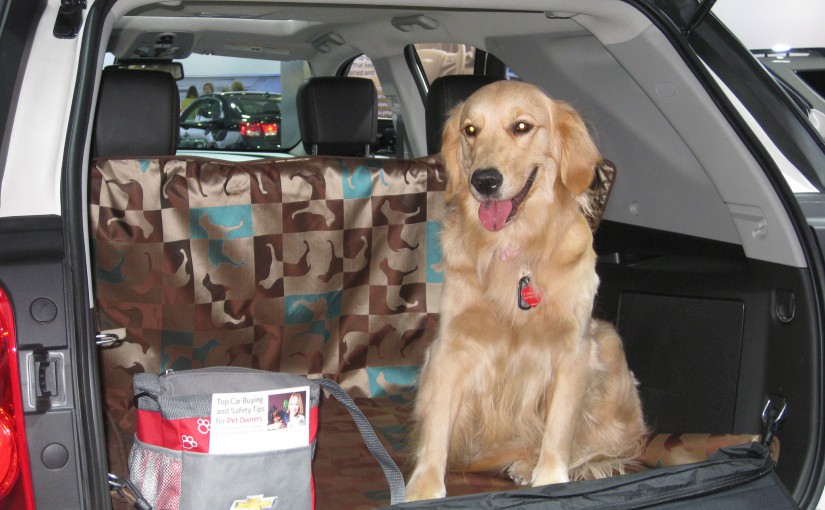Tag: Travel
-

Preparing for Holiday Travel with Pets
Your pet is part of your family—and the last thing you want to do when traveling to visit family over the holidays is leave a member behind. But while your feelings on the matter may be simple, traveling with pets in tow often isn’t. No matter how you’re getting from point A to point B,…
-

Family Travel Shirts
Matching family t-shirts for vacations are not just for TV show families like The Simpsons or The Brady Bunch. More and more families and groups are opting to wear matching shirts when travelling for the following reasons: Safety When traveling in busy cities or theme parks, kids and adults in the group are more…